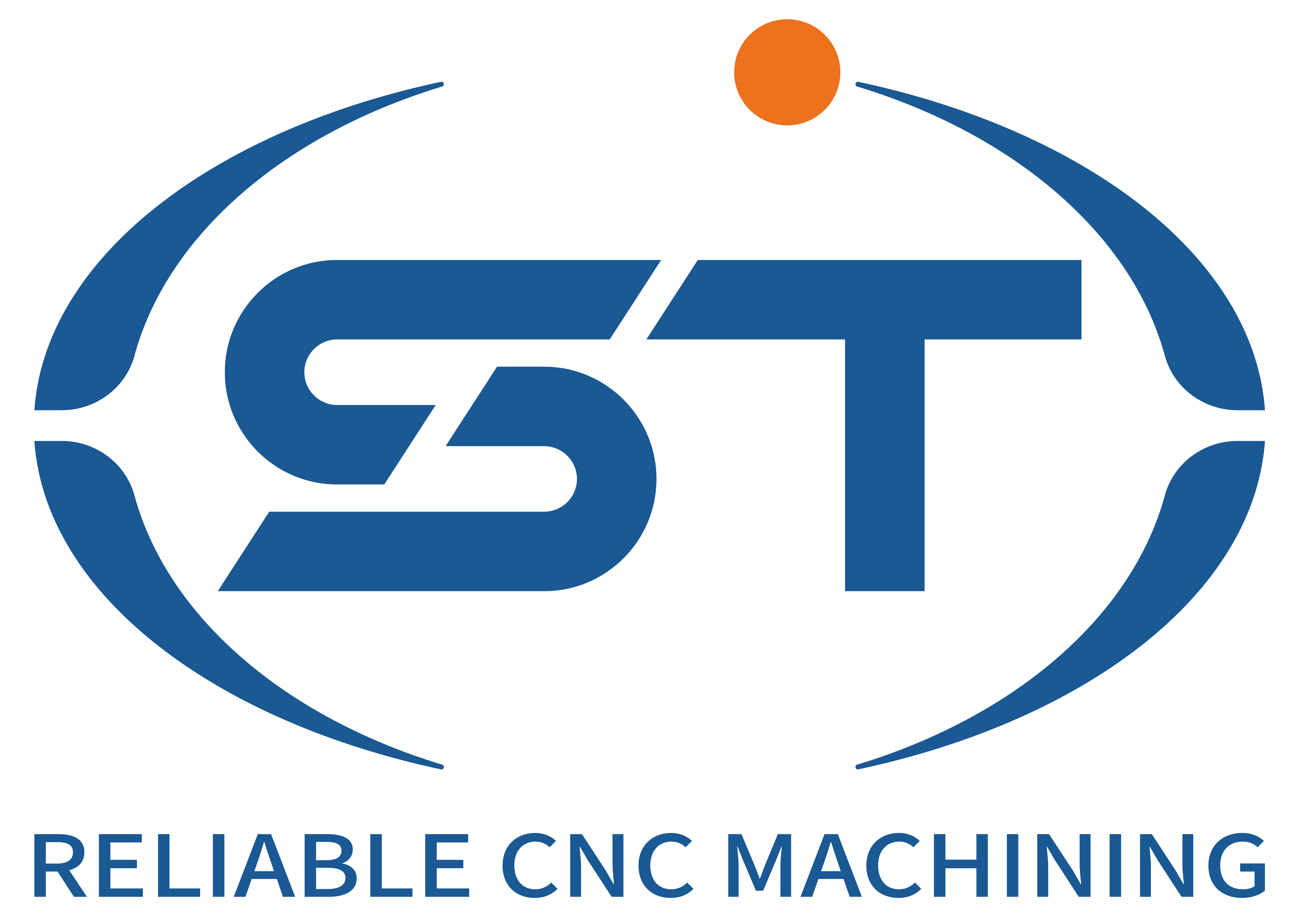The guarantee of position accuracy in CNC-bewerking of automotive parts is the core link to ensure assembly performance and functional reliability. Its realization requires collaborative optimization from multiple dimensions such as process design, machine tool performance, fixture system, measurement feedback and environmental control. The following is an analysis based on key elements, technical paths and typical cases:
Inhoudsopgave
SchakelaarFirst, the guarantee of positional accuracy by process design
Benchmark unification and process concentration
The principle of unified benchmark: The processing of parts should follow the principle of “completing multi-feature processing in one clamping” to reduce repetitive positioning errors. For instance, the bearing holes and positioning surfaces of the automotive transmission housing need to be roughly and finely machined in one clamping to avoid the accumulation of position deviations caused by multiple clamping.
Process concentration strategy: By using a five-axis linkage machining center to replace the traditional multi-machine sequential processing, the number of clamping times can be reduced (for example, from 5 times to 2 times), and the position accuracy error can be reduced by more than 60%. For instance, the processing of the intake and exhaust ducts and the combustion chamber surface of the engine cylinder head can be achieved synchronously through a five-axis machine tool, with the positional error controlled within 0.02mm.
Tool path and cutting parameter optimization
Tool path planning: For complex curved surfaces (such as turbocharger impeller blades), helical cutting or contour milling paths should be adopted to avoid impact and vibration caused by vertical cutting. For example, when processing the fillet at the root of the blade (R0.3mm), the tool path needs to continuously transition along the curvature of the curved surface to prevent overcutting or residue.
Cutting parameter matching: Adjust the parameters according to the material properties and tool stiffness. For example, when processing aluminum alloy cylinder blocks, the cutting speed can be increased to 200m/min, but the feed rate needs to be controlled within 0.1mm/r to reduce the influence of the cutting force on the positional accuracy.
Second, the support of machine tool performance for positional accuracy
Geometric accuracy and dynamic characteristics of machine tools
Geometric accuracy requirements: The straightness, perpendicularity and positioning accuracy of the CNC machine tool must meet the tolerance requirements of the parts. For instance, when processing the crankshaft journal, the perpendicularity error between the machine tool spindle and the worktable should be ≤0.01mm/1000mm; otherwise, it will lead to an out-of-alignment.
Dynamic characteristic optimization: By enhancing the rigidity of the machine tool (such as using a marble bed) and damping performance (such as adding hydraulic shock absorption devices), the impact of cutting vibration on position accuracy is reduced. For instance, when processing high-strength steel connecting rods, the vibration amplitude of the machine tool should be controlled within 0.005mm; otherwise, the surface waviness will deteriorate the positional accuracy.
Servo system and feedback control
Servo response speed: In high-speed machining, the servo system needs to have a rapid response capability (such as response time <10ms) to reduce following errors. For example, when processing thin-walled parts (such as transmission housings), the servo system needs to compensate for the workpiece deformation caused by the cutting force in real time.
Closed-loop feedback control: Full closed-loop control is achieved by using a grating ruler or laser interferometer, which improves the positioning accuracy to ±0.002mm. For example, when processing high-precision gears, full closed-loop control can eliminate the thermal deformation error of the lead screw and reduce the tooth direction error to within 0.005mm.
Third, the stability of position accuracy by the fixture system
Fixture positioning and clamping design
Selection of positioning reference: Prioritize the design reference as the positioning reference to reduce reference conversion errors. For example, when processing the differential housing, using the bearing hole as the positioning reference can avoid the position deviation caused by end face runout.
Clamping force control: The clamping force is precisely controlled through hydraulic or pneumatic fixtures (such as within ±5%) to prevent workpiece deformation. For instance, when processing aluminum alloy wheels, the clamping force should be controlled at 2-3 mpa to prevent the flange surface from warping due to excessive clamping force.
Fixture stiffness and thermal stability
Fixture stiffness design: The fixture body must have sufficient rigidity (such as using cast iron or steel structure) to resist cutting forces. For example, when processing large cylinder blocks, the fixture needs to be able to withstand a cutting force of more than 50kN without deformation.
Thermal stability control: Use materials with low thermal expansion coefficients (such as Yin steel) or cooling systems (such as embedded cooling channels in the fixture body) to reduce the impact of thermal deformation on positional accuracy. For example, when processing high-temperature alloy turbine discs, the fixture needs to control the temperature fluctuation within ±2℃ through the cooling system.
Fourth, closed-loop control of position accuracy by measurement feedback
Online measurement and compensation
Online measurement system: Integrated with laser measuring instruments or contact probes to achieve real-time monitoring of dimensions during the processing. For example, when processing the crankshaft journal, after processing 10 pieces, the diameter size is detected through the online measurement system and the tool offset is dynamically adjusted.
Error compensation technology: Error compensation is achieved through machine tool geometric error models (such as 21-term geometric errors) and thermal error models (such as neural network prediction). For example, when processing precision gears, error compensation can reduce the cumulative pitch error to within 0.003mm.
Offline detection and quality traceability
Three-coordinate measuring machine (CMM) inspection: Conduct final inspection on key dimensions (such as the positional accuracy of the hole system and flatness) to verify the accuracy of CNC machining. For example, when processing engine blocks, CMM inspection can ensure that the error of the center distance of the cylinder bore is ≤0.01mm.
Quality traceability system: Establish an associated database of processing parameters and inspection data to achieve rapid problem location. For instance, when it is found that the positional accuracy of a certain batch of parts exceeds the tolerance, the tool wear records or machine tool temperature data during processing can be searched through the traceability system.
Fifth, the guarantee of position accuracy by environmental control
Temperature and humidity control
Constant-temperature workshop: When processing high-precision parts (such as sensor housings), the workshop temperature should be controlled at 20±1℃, and the humidity at 40%-60% to reduce thermal deformation. For example, for every 1℃ change in temperature, the size of aluminum alloy parts can change by up to 0.02mm/m.
Machine tool thermal balance: Before processing, the machine tool needs to be preheated (such as running idle for 30 minutes) to ensure uniform temperature of all components and reduce thermal errors. For example, when processing precision bearing rings, the positional accuracy of the machine tool can be improved by more than 50% after thermal balance.
Vibration and cleanliness control
Shock-absorbing foundation: The machine tool needs to be installed on an independent shock-absorbing foundation (such as rubber vibration isolation pads or spring shock absorbers) to reduce external vibration interference. For example, when processing optical components, the vibration amplitude needs to be controlled within 0.001mm.
Clean the processing environment: The processing area should be equipped with an efficient dust removal system (such as a filtration accuracy of 0.3μm) to prevent chips or dust from adhering and affecting the positional accuracy. For example, when processing tiny holes (such as those with a diameter of 0.1mm), the residual chips can cause the hole positions to shift.
Sixth, Analysis of Typical cases
Processing of a certain automotive engine block:
Position accuracy requirements: The error of the center distance of the cylinder hole is ≤0.01mm, and the coaxiality of the main bearing hole is ≤0.005mm.
Safeguard measures:
A five-axis linkage machining center is adopted to achieve the processing of multi-hole systems in one clamping.
The fixture is designed with “one side and two pins” positioning, and the clamping force is precisely controlled by the hydraulic system.
During the processing, the cylinder hole size is monitored in real time through the online measurement system, and the tool offset is dynamically adjusted.
The temperature in the workshop is controlled at 20±0.5℃, and the machine tool is preheated to thermal equilibrium before processing.
Result: The compliance rate of position accuracy has increased to 99.5%, and the first-time qualification rate of assembly has increased by 30%.
Processing of motor housing for a certain new energy vehicle
Position accuracy requirements: The perpendicularity between the bearing hole and the stop surface is ≤0.01mm, and the end face runout is ≤0.005mm.
Safeguard measures:
A high-speed vertical machining center is adopted, equipped with a full closed-loop control system of grating rulers.
The fixture is designed with a hydraulic self-centering structure, and the clamping force is evenly distributed.
After processing, the key dimensions are detected by a three-coordinate measuring machine and a quality traceability database is established.
The humidity in the workshop should be controlled at 45%-55% to prevent the insulation materials of the motors from getting damp.
Result: The position accuracy error was reduced to within 0.008mm, and the motor noise was reduced by 2dB.
The position accuracy guarantee of CNC machining of automotive parts needs to be achieved through the collaborative optimization of process design, machine tool performance, fixture system, measurement feedback and environmental control. In actual production, it is necessary to establish standardized operation procedures and quality traceability systems in combination with the structure of parts, material properties and equipment capabilities to ensure that the positional accuracy meets the high standards of the automotive industry.




